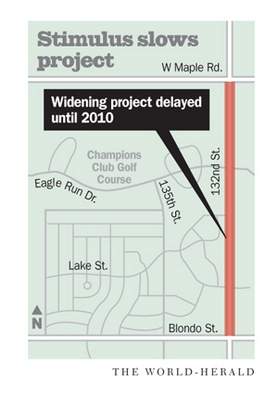 Source of graph and photo: online version of the Omaha World-Herald article quoted and cited below.
Source of graph and photo: online version of the Omaha World-Herald article quoted and cited below.
(p. 1A) WASHINGTON — In the battle to secure federal earmarks for Nebraska, Sen. Ben Nelson is feeling lonely this year.
The Nebraska Democrat is seeking 51 earmarks worth $183.1 million. The four other members of the Nebraska congressional delegation, all Republicans, have submitted no requests this year, three of them agreeing to a House GOP moratorium.
That’s a big change from 2009, when Rep. Lee Terry requested 11 earmarks totaling more than $85 million, Rep. Jeff Fortenberry sought 28 earmarks totaling more than $75 million and Rep. Adrian Smith sought two earmarks totaling $1.2 million.
Sen. Mike Johanns has abstained from seeking earmarks since joining the Senate in 2009.
. . .
(p. 2A) Johanns has criticized earmarking as a method of directing taxpayer money based on lawmaker clout rather than a project’s merits. He said last week that the process would be better if lawmakers had to justify their individual earmarks at hearings.
For the full story, see:
JOSEPH MORTON . “Nelson stands alone on earmark requests; He is seeking $183 million for Nebraska projects while the state’s GOP lawmakers sit out this round.” Omaha World-Herald (Tues., May 18, 2010): 1A & 2A.
(Note: ellipsis added.)










